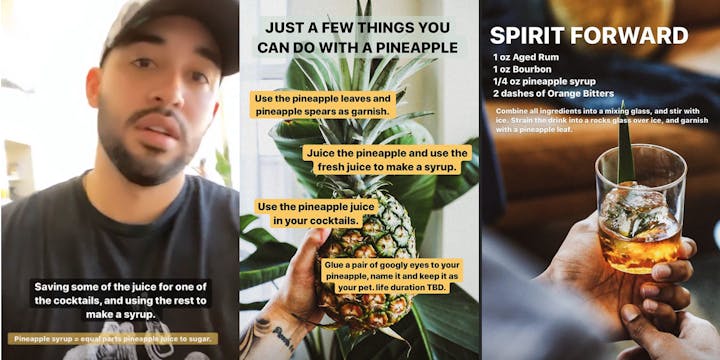3 X WAYS CORONAVIRUS IS CHANGING INFLUENCER CULTURE

With younger consumers inevitably spending more time on social media during lockdown, the influencer industry has been placed under the microscope like never before.
Some brands have cancelled deals with influencer partners for budget reasons, but these cases represent just a small part of the industry. In contrast, there’s also a wave of influencers who are thriving during the pandemic by creating new content for their followers from home.
And with ‘cancel culture’ at large, Vogue Business reports that some brands have become more reliant on influencers during the pandemic as they try to reach younger consumers without ‘tone-deaf’ marketing.
However, there’s no doubt that influencer culture – like everything – is changing as the world adapts to life under lockdown, and there’s a good chance these changes will last beyond quarantine. Here are three ways we see that happening:
1. PRIVILEGE BACKLASH
While many families face financial and emotional difficulties during this uncertain time, some big-name influencers have provoked a backlash for thoughtlessly displaying their privilege during the pandemic. Easily accessing a coronavirus test, or escaping crowded cities for rural paradises, are just some of the ways that influencers have rubbed their followers up the wrong way.
New York-based influencer Arielle Charnas gave a masterclass in how not to act during a pandemic by seemingly obtaining a test for Covid-19 without effort (shortly before posting an “unboxing” video of Louis Vuitton products), announcing she’d tested positive and then promptly leaving the city for a plush bolthole in the Hamptons.
The typical influencer’s #gifted existence, which may once have been celebrated as ‘living one’s best life’, now feels less appropriate than ever before – and consumers are calling it out.
People have been questioning the “realness” of influencers for some time, and coronavirus will likely speed up the rejection of overly-produced and unrealistic content.
Vogue Business reports that some online personalities are pivoting by creating more small-scale content – with the cancellation of Fashion Week around the world, normally polished style influencers are instead showing their at-home routines, including more cooking (or ‘stress baking’), which is something consumers are into right now.
In the longer term, it may be hard for influencers to revert back to presenting overly manicured, staged lives. Consumers are attuned to the machine and will come out of the pandemic with even more finely-honed bullshit detectors.
Consumers want authentic representatives of their own experiences – this means brands should focus on partnering with authentic, diverse representations of the audiences they are trying to reach.
2. LIVE
Livestreamed content has received a coronavirus boost as influencers take advantage of Instagram Live to reach consumers who are hungry for new content.
According to Glossy, Instagram Live is thriving in the social distancing era with views on the feature doubling in the last month, and mentions of IG Live on Instagram and Twitter skyrocketing by 526% in March.
As we all get into virtual partying, the ‘drinkstagrammer’ community continues to grow. Brands and bars are turning to influencers to act as their ambassadors, livestreaming tutorials ready for the ‘big night in’.

Image Credit: Instagram @apartment_bartender
Beauty brands like Estée Lauder and Bobbi Brown are also using the feature to roll out daily livestreaming content with makeup artists.
While the time may not be right to flog festival wear, apparel brands are pivoting, finding new ways to connect with their customers – from hosting DJ sets to lunchtime yoga classes.
The ultimate goal may be to drive some sales, but it’s also to keep followers engaged and brands top-of-mind during isolation. Longer term, it’s likely that we’ll see live influencer content become more of a marketing priority beyond quarantine.
3. TIKTOK
We couldn’t write about lockdown without mentioning TikTok. The platform was already experiencing massive growth, but ‘bored in the house, in the house bored’ quarantined GenZers have certainly sped up their user gains.
Lockdown has sparked massive trends on the platform, with influencers fuelling the success of hashtags like #distancedance and #reallifeathome. Because TikTok engagement is so high right now, TikTokers will be the go-to influencers for brands post-pandemic.
Glossy reported that newly-famous TikTok influencers are following in YouTubers’ footsteps and beginning to launch brands of their own. When the global lockdown ends, we’ve got our money on beauty as the go-to industry for TikTokers IRL.
SEEN is compiled by LOVE’s Head of Culture, Kat Towers. Want to say hello, ask questions or challenge her cultural knowledge? Get in touch - kattowers@lovecreative.com